There’s a literal mountain of conservation books out there, and it can be a daunting task to know where to start. What conservation books are most inspiring?
As CEO of The Nature Conservancy, Mark Tercek knows the power of great conservation books. “When I joined TNC 10 years ago, I was smart enough to know that I had a lot to learn about conservation,” Tercek said. “I was delighted to learn of the enormous number of truly great books there are on these topics.”
Mark recently asked folks on Twitter what conservation books they found inspiring (check out some of the answers). As it turns out, there are a lot of nature book readers out there. As the book reviewer for Cool Green Science, I’m always looking for great conservation reads.
Both Mark and I were thrilled to see both timeless classics and new favorites on the list. Here are some we particularly love. Please leave your own choices in the comments or tweet them to Mark and me.
-
The Home Place: Memoirs of a Colored Man’s Love Affair with Nature
Drew Lanham
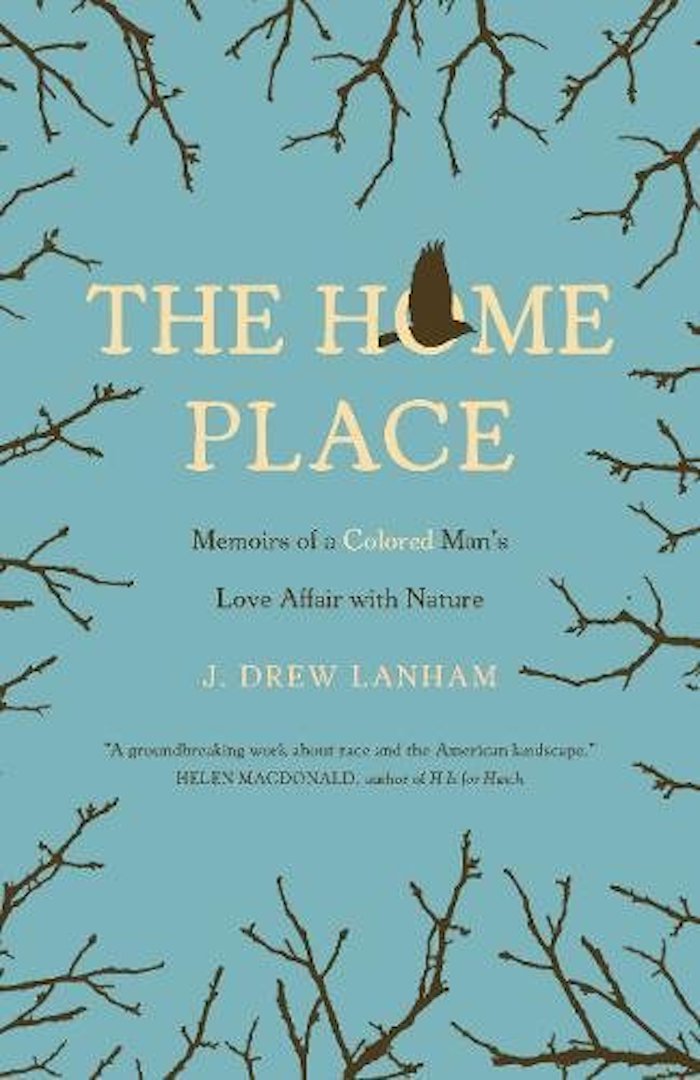
This is one of my favorite recent books, and I was happy to see that others agree, including Lynn Scarlett, the Conservancy’s Co-Chief External Affairs Officer & Climate Strategy Lead.
Lanham describes himself as a “rare bird, an oddity”: an African-American ornithologist who loves birding, hunting and exploring the land. His memoir explores the influences that led him to his land ethic and his career in science. It’s a story of family, of a rural childhood, of birds and academia and special places lost and found. (You should also read his article, 9 Rules for the Black Birdwatcher and his recent Cool Green Science essay, Land Rich and Cash Poor).
-
The Song of the Dodo: Island Biogeography in an Age of Extinction
David Quammen
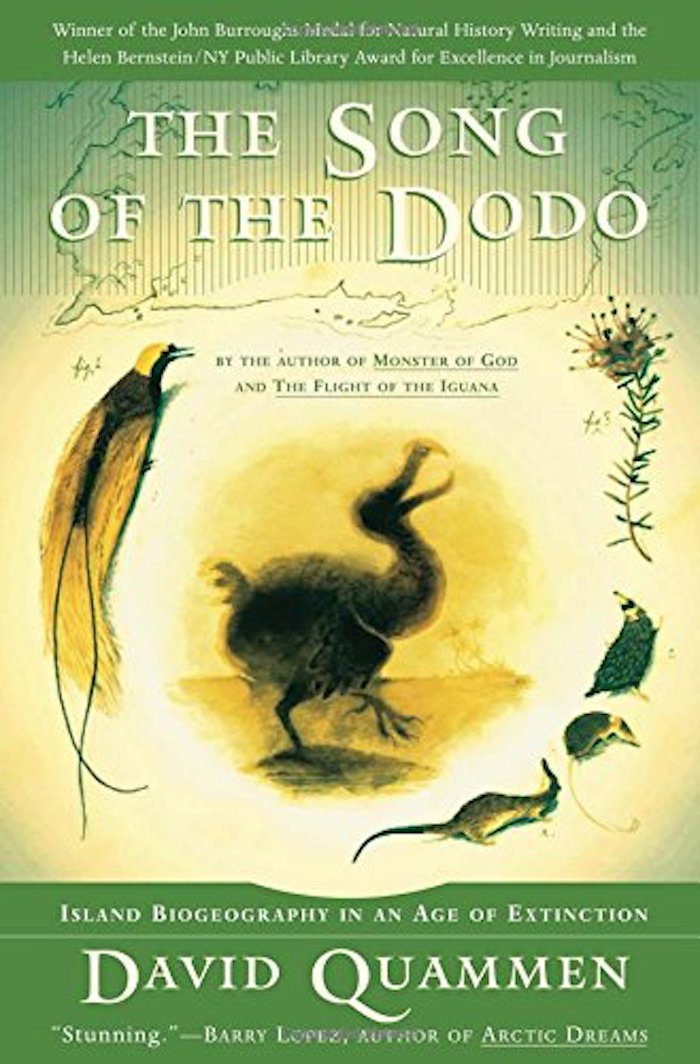
Mark and I are both David Quammen fans, and it appears a lot of Twitter users are, too. The Song of the Dodo is Quammen at his best, as he explains why evolutionary processes on islands can tell us a lot about the fate of biodiversity in our fragmented, human-dominated world.
The book begins with the expeditions of Charles Darwin and Alfred Russell Wallace, and then plunges into a worldwide tour of the fate of islands – and how human development has rendered even our national parks and protected areas into virtual islands. Few books will teach you more about key conservation principles.
-
The Remarkable Life of William Beebe: Explorer and Naturalist
Carol Grant Gould
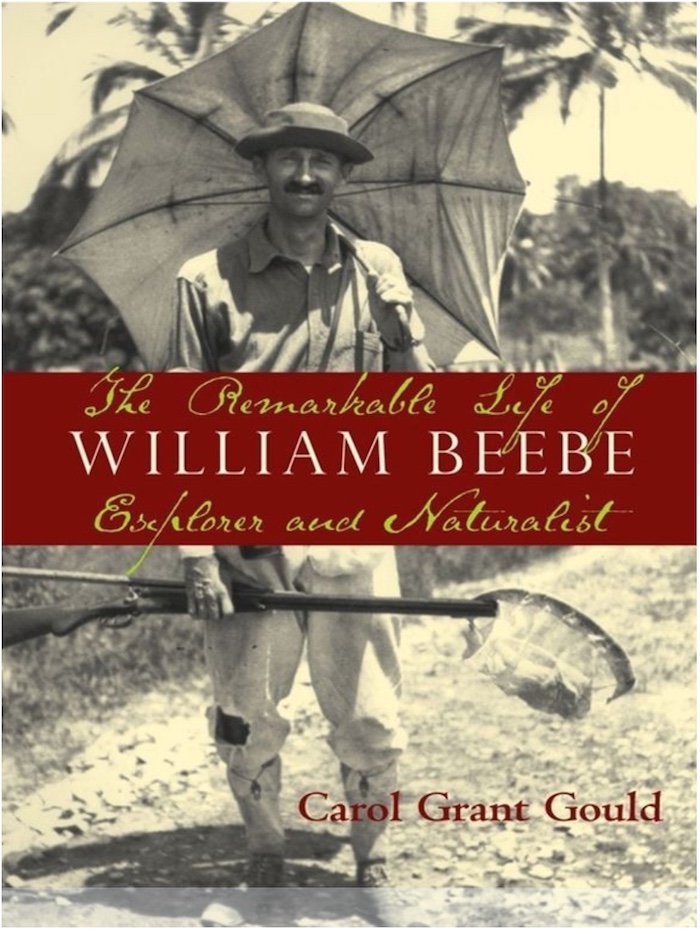
I frequently turn to The Well-read Naturalist for my reading recommendations, so I’m not surprised that his choice was one of my favorites. While today science is defined by specialization, William Beebe (1877-1962) did everything from scaling Himalayan peaks to trace the evolution of pheasants to pioneering deep sea exploration. In his day, he was a bestselling author; millions tuned in to his radio broadcasts from the deep ocean.
Carole Grant Gould does an excellent job presenting an accessible and fun biography of this biological Indiana Jones.
-
Reason for Hope
Jane Goodall
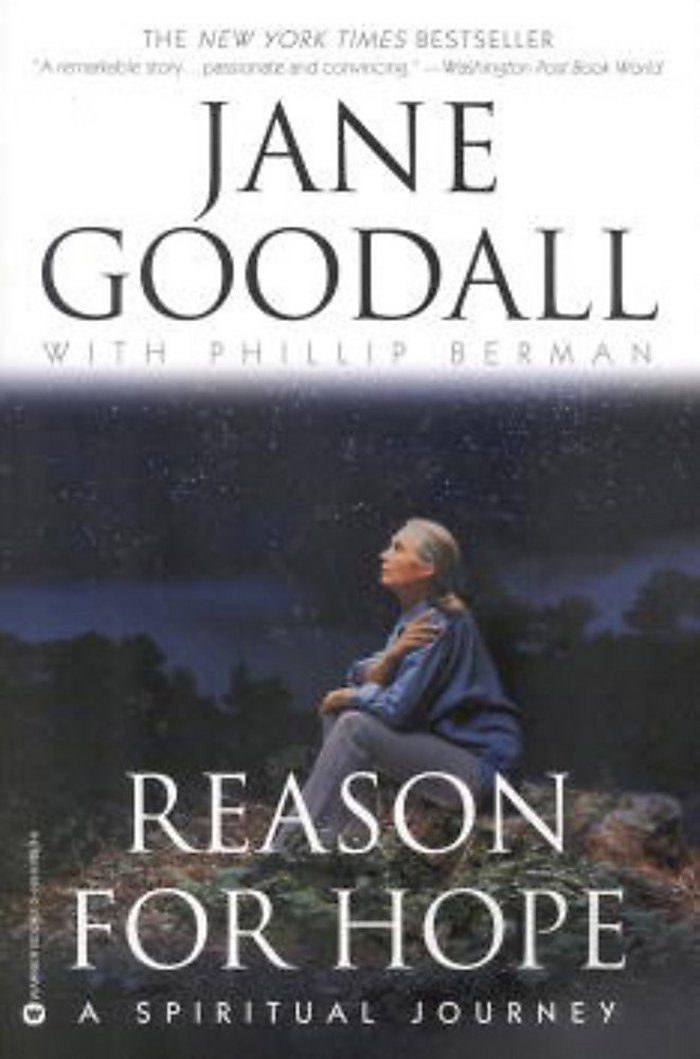
When National Geographic aired its first documentary about Jane Goodall’s work with chimpanzees in 1965, 20 million U.S. viewers tuned in. For perspective, that’s nearly twice as many as tuned in for the latest season finale of Game of Thrones.
Decades later, Goodall arguably remains the world’s most popular conservation leader. So it’s not surprising this book made the list, recommended by Twitter user LolaMarina. And this indeed is one of her best, a memoir that traces her own life’s journey and why she remains hopeful – and why hope, not despair, is vital for all of us if we are to succeed.
-
The Nature Fix: Why Nature Makes Us Healthier, Happier and More Creative
Florence Williams
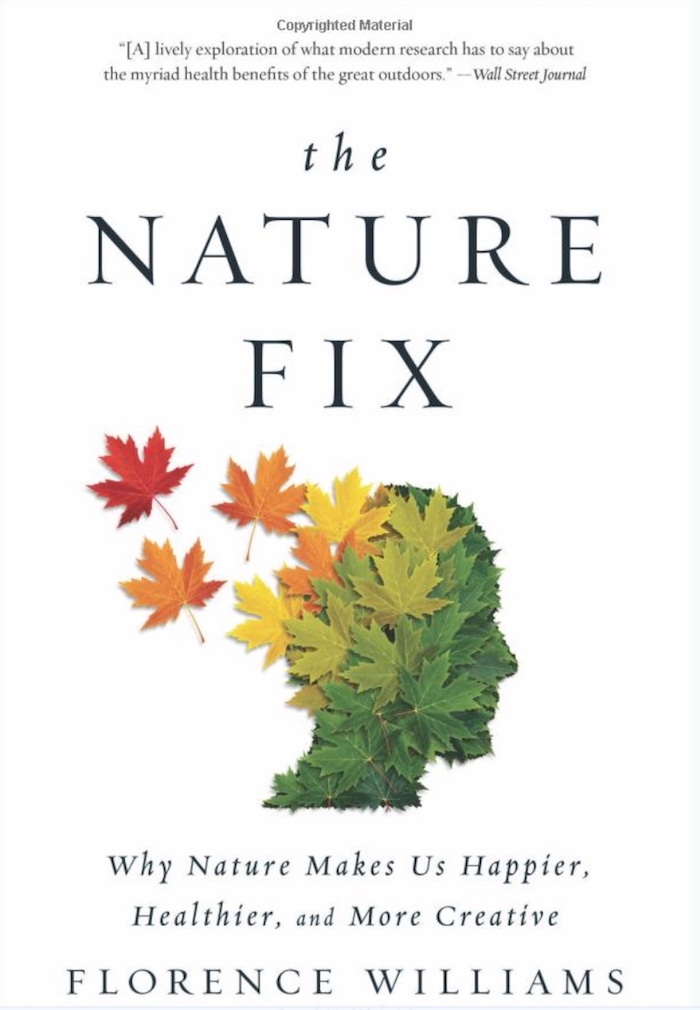
If you’re reading this blog, chances are you seek nature for some measure of solace or inspiration, whether it’s a walk in a park, pulling weeds in a garden or casting a line to trout. It turns out, there’s a scientific basis for nature’s healing powers, as top journalist Florence Williams reveals in The Nature Fix.
Williams draws on new research in a variety of fields to demonstrate how nature makes us healthier and happier. And it’s presented in a readable style filled with examples that will resonate (and provide inspiration). It’s not surprising that several respondents made this their top pick.
-
Desert Solitaire
Edward Abbey
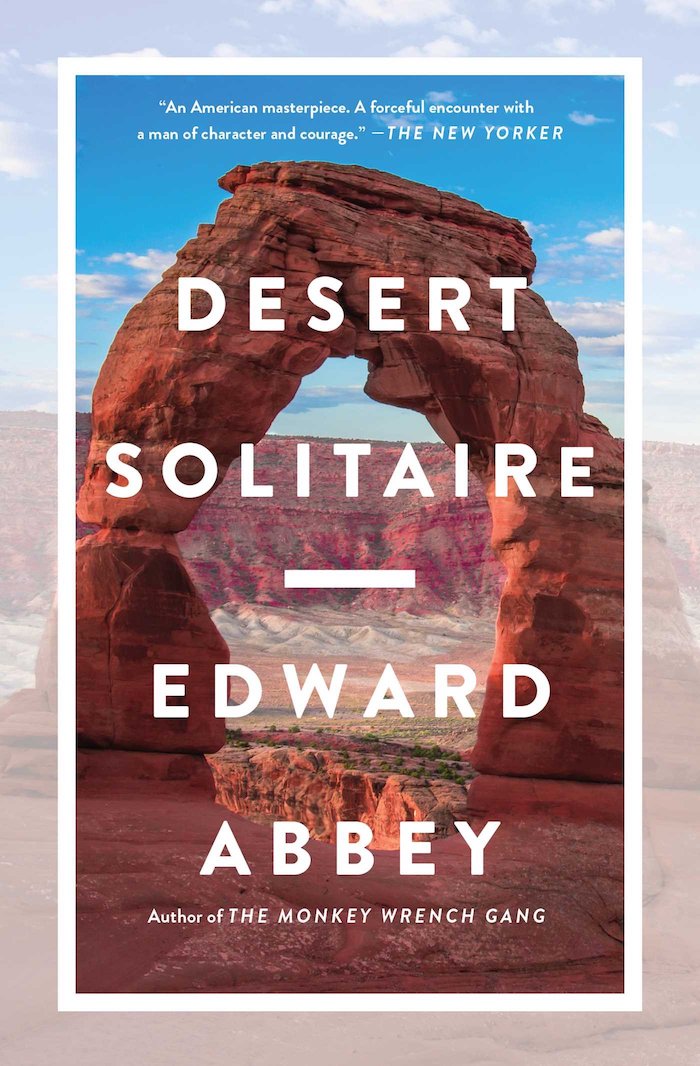
Desert Solitaire and other works by Edward Abbey frequently appear on lists like this. He is frequently quoted by fans and detractors, but I sometimes wonder if any of them have actually read the books.
Read this book and discover Abbey for yourself. He’s funny. He’s angry. Few describe the landscape of the desert Southwest better. The book is a collection of stories from Abbey’s time as a park ranger in southern Utah and northern Arizona. You won’t agree with everything. But underlying it all is Abbey’s conservation philosophy: “I stand for what I stand on.”
-
A Sand County Almanac
Aldo Leopold
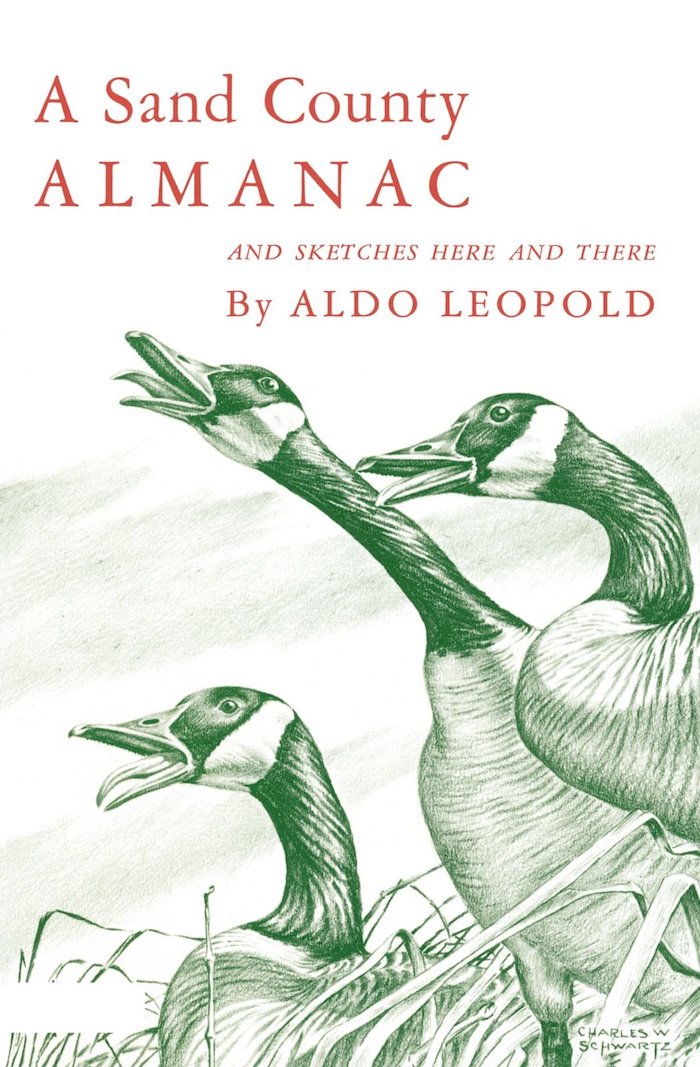
Another book that always makes these lists. That might suggest there’s nothing more to be said. Still: It remains the finest written work on the land ethic, on conservation, ever written. It has stood the test of time. Remarkably, it is as relevant today as when it was published in the 1940s.
Read it, ponder it, share it.




Nothing will ever surpass Sand County Almanac in my estimation. I read it in the 50’s for the first time! And many times since.
Go always back and read some Sigurd Olson,especially with what’s going on with the boundary waters!
I just re-read A Sand County Almanac. I always find some new and relevant idea or passage – this time it was, “I now suspect that just as a deer herd lives in mortal fear of its wolves, so does a mountain live in mortal fear of its deer.” Just as true in the non-mountainous states. My heart hurts to walk through some of our midwest forests.
Annie Dillard’s A Pilgrim at Tinker Creek is a more spiritual treatment of nature’s almanac and another one I read and re-read.
“Two in the Far North” by Margaret E. Murie. This enduring story of life, adventure, and love in Alaska was written by a woman (wife of Olas J. Murie) who embraced the remote Alaskan wilderness and became one of its strongest advocates. It chronicles their adventures in the “new” State and their work, both scientific and political, to protect Alaska’s wild places.
I would add another – Eager by Ben Goldfarb. This book is recent – describes the path of beavers in this country – another animal that has been almost eradicated – as so many have been! The effort of many people has brought them back somewhat – it appears they could be one of the answers to the many devastated areas of our country. IF we listen and learn!!
there are so many…two of my favorites are The Peregrine by J A Baker, and Reading the Landscape of North America by May Thielgaard Watts. i hope others will enjoy them, too.
As to joining the Conservancy,i did that,as a life member, at some time in the mid 1970s(?)when we lived in linville n.c. 28646..now they keep telling me i am not member, and i feel rather resentful about it. i am now nearing 90 and would like to be reinstated.The USPS said they would not change my address any more and i guess everyone thought i had died. if you can enervate any help to track me down i would be grateful.
i enjoy your blog and look forward to it.
Annie Dillard brings nature and spirit home for me.
American Serengeti, by Dan Flores
Some great choices! Let me add
The Wild Places by Robert Macfarlane. He’s a British hiker, wanderer, natural philosopher, and if you walk with him, you regain a sense of your home in Nature.
I have his “The Old Ways” — a lady in a London bookstore recommended it to me and I loved it! Read it cover-to-cover on my flight back to the states. I’ll have to pick up The Wild Places.
“Flight Behavior “ by Barbara Kingsolver is not specially a nature book, but seamlessly weaves Climate Change into a work of fiction. Anyone reading the book will learn about Climate Change, even if they don’t want to.
My recommendations:
1. Death and Life of the Great Lakes, Dan Egan. Thorough and informative, reveals the foolishness of those who are supposed to protect the Great Lakes, especially the U.S. EPA. But there is hope.
2. The Immense Journey and The Night Country, Loren Eiseley. Beautiful writing: a poetic sensibility, a sense of wonder and reverence for life and nature.
3. Anything by Edwin Way Teale….
Just a plug for my efforts at putting pen to paper or rather finger to key in honor of the natural world.
Santa Ana Mountains History, Habitat and Hikes (History Press)
Santa Ana River Guide: From Crest to Coast (Wilderness Press)
So glad to see Abbey and Leopold on the list. I turn to A Sand County Almanac every couple of months for inspiration, to illustrate a point I am making to my students or just to remind myself of the incredible and awesome world I get to explore and live in. Abbey just reminds me of how important it is to keep an eye on my surroundings and to celebrate place. I look forward to reading the others for inspiration and enjoyment.
Reconnecting with the natural world often starts where people are: at home! Besides helping people start to see nature by experiencing it in their yards, collectively our yards total more acres than all the national parks put together.
Some inspiring books on how to convert our too-often lifeless yards into yards that help restore and preserve nature are:
* Noah’s Garden by Sara Stein,
* Bringing Nature Home by Doug Tallamy, and
* The Living Landscape by Rick Darke and Doug Tallamy
Highly recommended! They’ve helped countless people understand the importance of the choices we make in our home landscaping and have inspired them to create habitat for wildlife and use earth-friendly gardening practices.
Great list, Matt. Makes me want to reads the ones on it that I have not gotten to yet. Mark